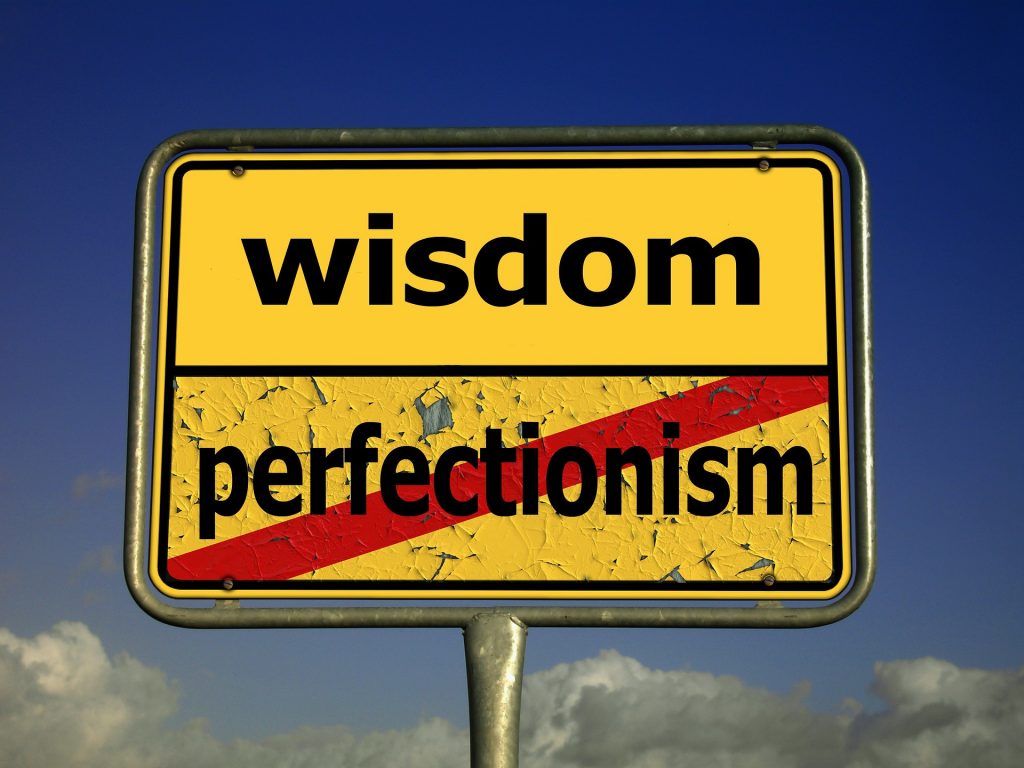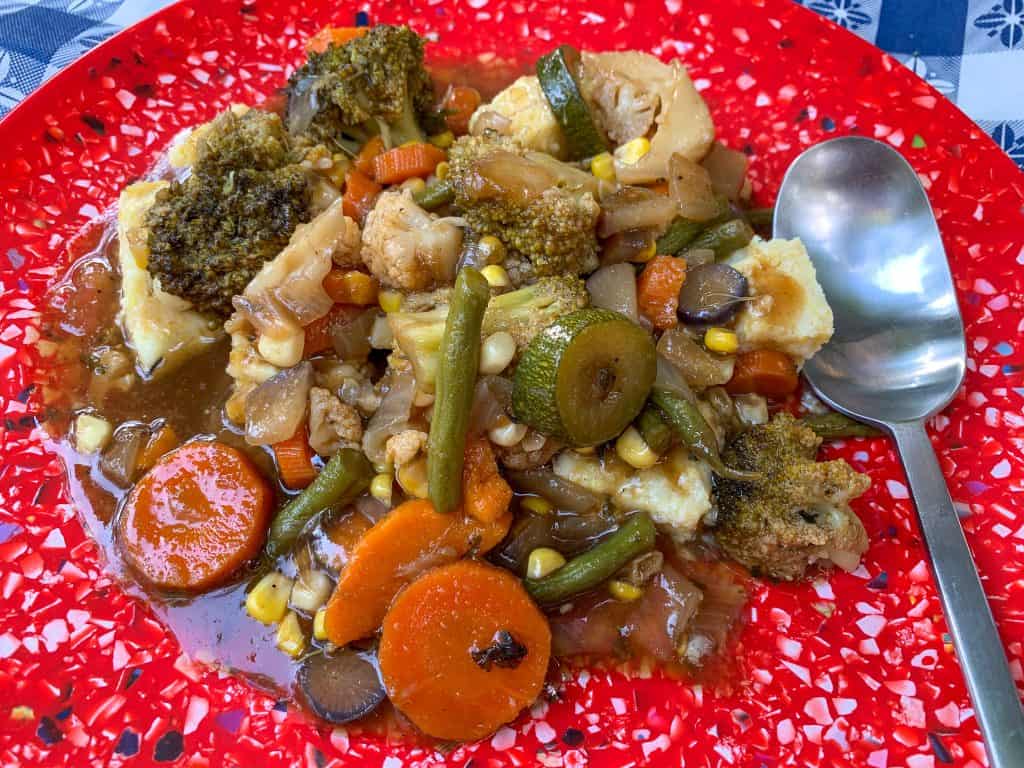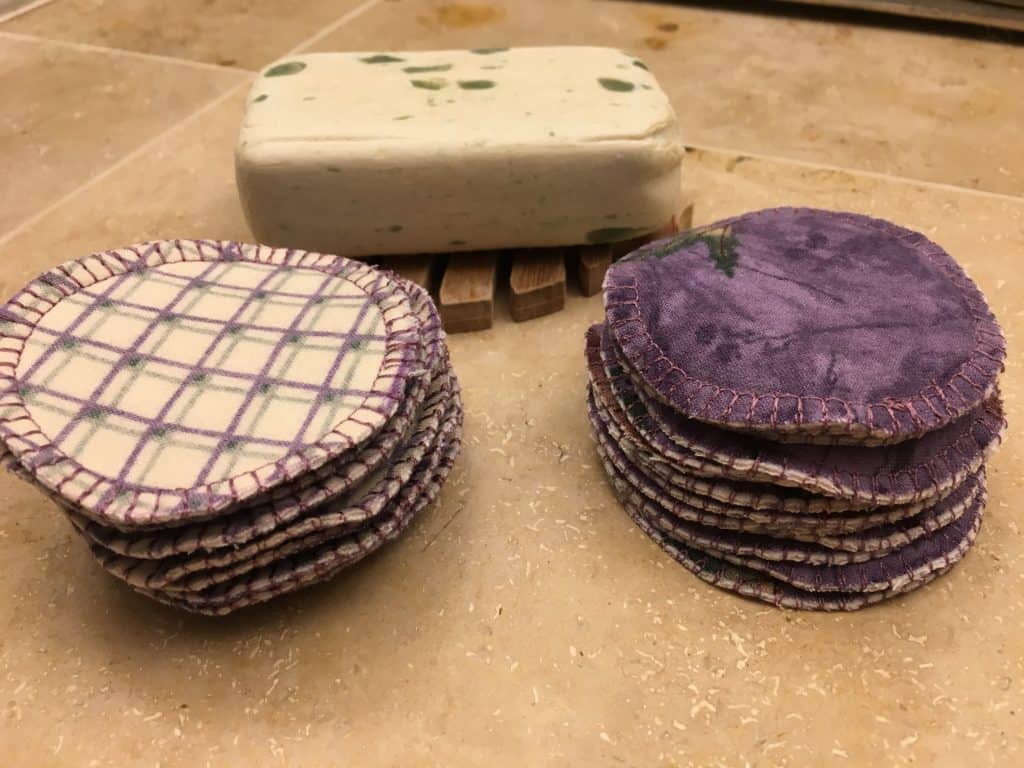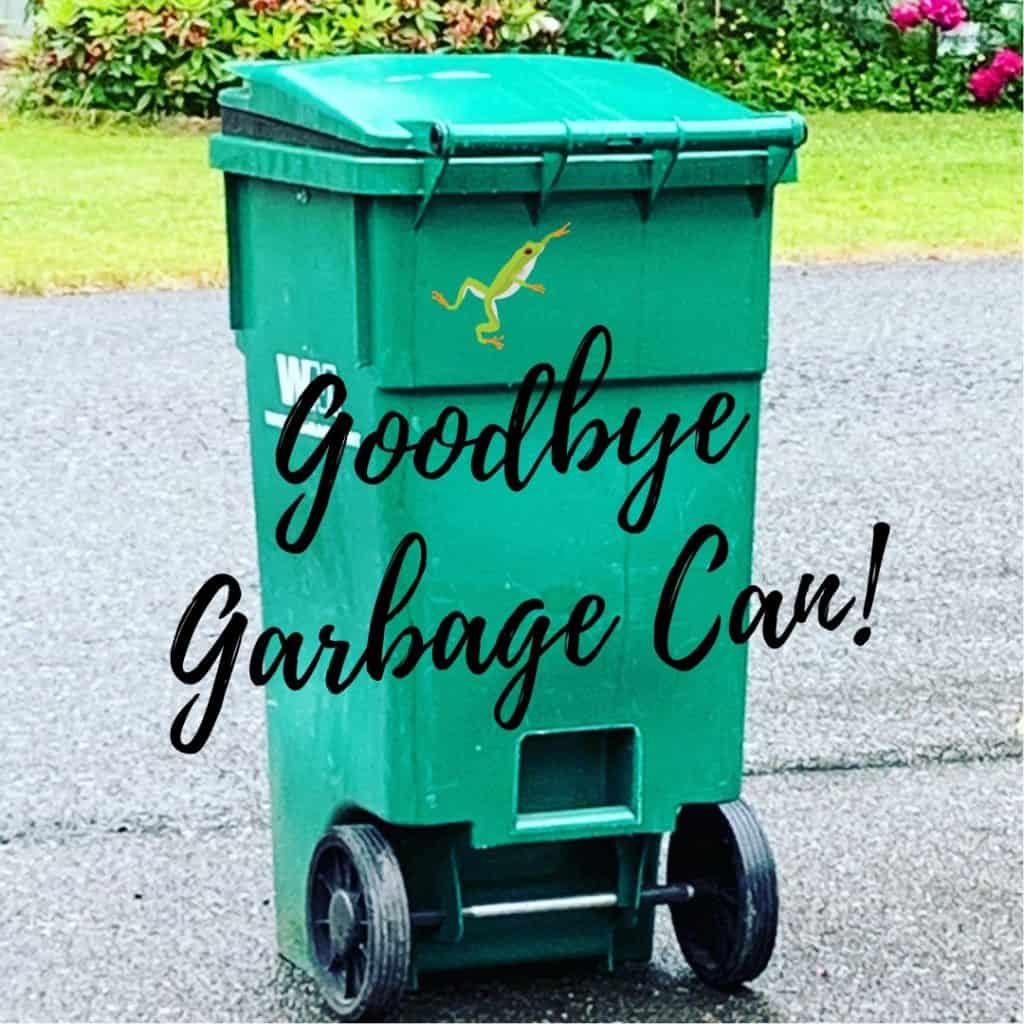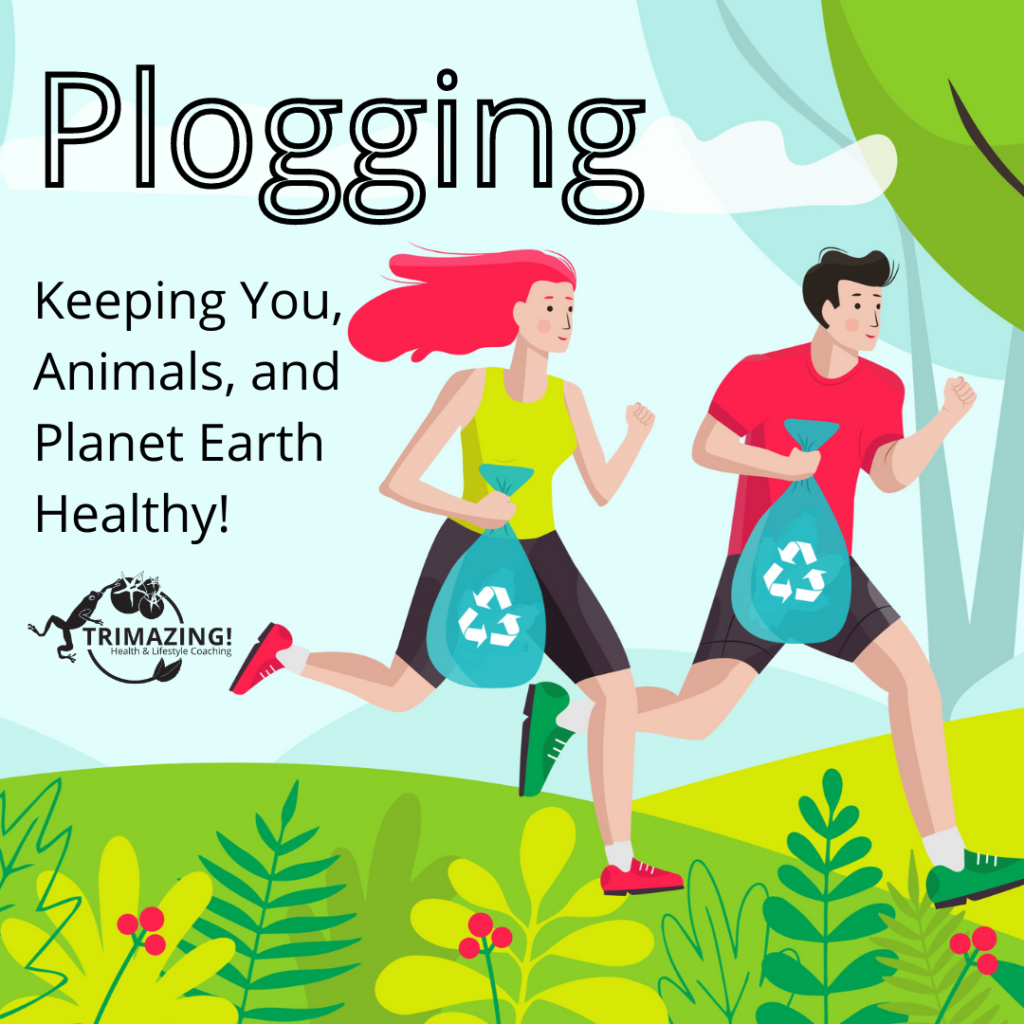What’s in Your Garbage? A Follow Up
Yesterday’s post introduced the concept of Deming’s Model of Continuous Improvement and showed the garbage and recycling we had accumulated for the month of January. Today I want to share how going through that process decreased our waste stream!
Review of Deming’s Model of Continuous Improvement
 If you recall, Deming’s model is a repeating cycle of Plan, Do, Study, and Act. Plan is where you identify a problem, consider the issues, how you might get desired results, and decide how to test your theory. In Do, you try out the process you developed in the Planning stage and gather data. Then you Study to see if your plan moved you in the direction you wanted to go, looking for areas of improvement to improve your results. And finally, you Act, choosing the best solution from the data you studied and then repeat the process.
If you recall, Deming’s model is a repeating cycle of Plan, Do, Study, and Act. Plan is where you identify a problem, consider the issues, how you might get desired results, and decide how to test your theory. In Do, you try out the process you developed in the Planning stage and gather data. Then you Study to see if your plan moved you in the direction you wanted to go, looking for areas of improvement to improve your results. And finally, you Act, choosing the best solution from the data you studied and then repeat the process.
So How Did it Work for Us?
As you can see, our garbage was radically reduced from January to February. In fact, all of our garbage fit into the flour bag with room to spare.
What’s notable in our February 2019 Trash:
 We still have plastic window films from billing envelopes, but we’ve worked all month to sign up for paperless billing as statements came in. March should be way down.
We still have plastic window films from billing envelopes, but we’ve worked all month to sign up for paperless billing as statements came in. March should be way down.- Vegetable stickers and ties. Purchased items not in season for recipe testing and could only find with stickers and ties. These and plastic envelope windows make the bulk of our garbage.
- We had old expired credit cards to shred.
- I tried to repair a broken emergency light, but it was not fixable. We’ve had it for 15 years, will try to find a better option to replace it (it’s emergency lighting when power goes out).
- I made some fabric doggy bags for a client so she could carry her container, napkin, and silverware to restaurants, and had some slivers of heavy duty interfacing from that. They have glue and some polyester in them, so are not compostable, like the other fabric (cotton) scraps were.
- I thought the Azure Standard flour sack was paper, but found it was lined with plastic when I opened it. The Bob’s Red Mill flour sack is plastic and was part of our emergency supplies that I used as part of our rotation to prevent food waste.
- First aid supplies. Alan cut himself (not on the broken glass in our recycling below) several times this month and used Bandaids which are not recyclable/compostable, nor is the packaging. He also had a dermatological treatment that required the use of a single nitrile glove from the doctor’s office.
Lessons learned
- Continue signing up for paperless billing to reduce stack of plastic envelope windows.
- Cotton eye wipes made a huge impact! No disposable wipes this month in our trash.
- Recipe testing creates trash. February was the final month of this.
- Make sure bags are paper, not plastic, as much as possible. Replace emergency stock of flours with paper sacks or use bulk supplies in jars (future post on this).

What’s notable in our February 2019 Recycling:
- Glass. I broke a canning jar and my favorite stand mixing bowl by accidentally dropping them. Brown glass bottle is from vitamin containing Omega-3 fatty acids made from kelp and no matter how much we wash it, we cannot get the “fishy” smell out of it and the lid, so it’s being recycled.
- Plastic bottles/containers. Rotated maple syrup out of emergency supplies that was in plastic–need better option. Used up last of mouthwash and eye drops in plastic bottles.
- Soy milk tetra pak containers from emergency supplies.
- Food cans. Some from rotating emergency supplies, some from recipe testing.
- Aluminum foil from recipe testing for upcoming class I was teaching.
Lessons Learned
- Be more careful with glass containers. Will continue to get the vitamins and just recycle the bottle as it takes months for us to use it all up, thus not a lot of recycling contribution.
- Make mouthwash to avoid future plastic trash.
- Recipe testing creates recycling and trash. I purchased a soy milk maker mid-February and had half the amount of soy milk containers and no tofu containers compared to January due to that purchase.
- Find better options for covering baking dishes in the refrigerator as to not use so much foil. Make more vegan wax wraps in larger sizes that cover 9×13 pans.
- There will be some cans when we rotate out our emergency food (beans, veggies), but low acid foods can be stored up to 5 years, so this is fairly minimal. High acid foods are 1 to 1.5 year shelf life.
So, that’s the follow up from our first Plan, Do, Study, Act cycle. It made a big impact and we’ve been doing Zero Waste for a year. By really examining our trash and recycling on a regular interval, we are able to see the dirty details, so to speak, of what’s piling up. We still have filled just less than a quarter of our 20 gallon garbage can and 64 gallon recycling can. We’re certain we are on track to at least make it 6 months before we have to put them out for collection.
What do you think? Are you ready to really see What’s in Your Garbage in order to start/improve your Zero Waste goals? Let me know how it goes for you, what you discover, changes you make from using this process. Comment here or post in the Trimazing! Vegan Lifestyle & Health Coaching Facebook Community. I’m excited to learn from all of you!
Check out the next update in our process at No Foolin’! March Garbage Review!
Do you like this post? Please share....
[mashshare]
If you liked this post, you might like one of these:
Categories:
Tags:
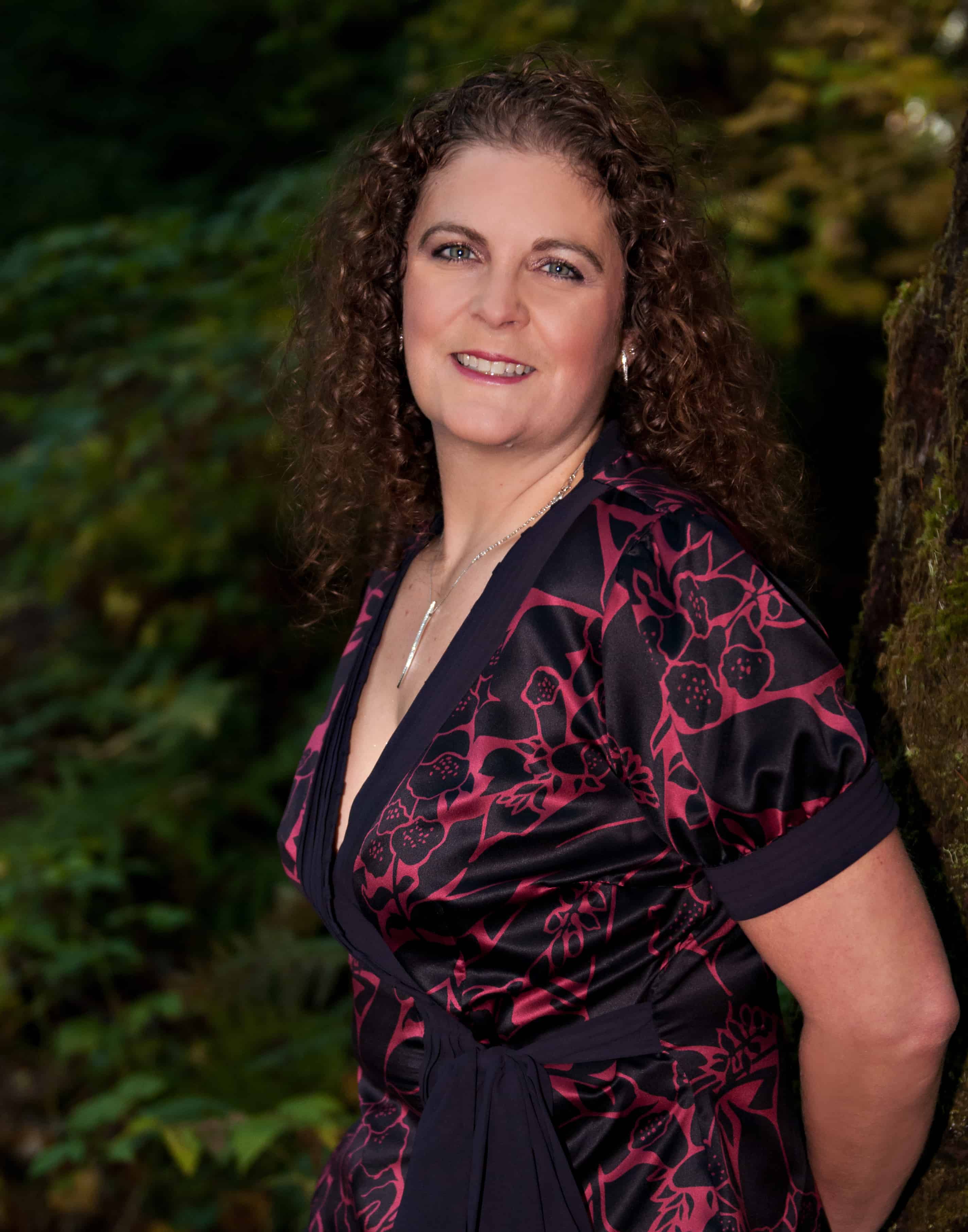
[Trī-māz-ing]
Cindy wants you to be Trimazing—three times better than amazing! After improving her health and fitness through plant-based nutrition, losing 60 pounds and becoming an adult-onset athlete, she retired from her 20-year firefighting career to help people just like you. She works with people and organizations so they can reach their health and wellness goals.
Cindy Thompson is a national board-certified Health and Wellness Coach, Lifestyle Medicine Coach, Master Vegan Lifestyle Coach and Educator, Fitness Nutrition Specialist, Behavior Change Specialist, and Fit2Thrive Firefighter Peer Fitness Trainer. She is a Food for Life Instructor with the Physicians Committee for Responsible Medicine, Rouxbe Plant-Based Professional, and Harvard Medical School Culinary Coach, teaching people how to prepare delicious, satisfying, and health-promoting meals.
She provides health and lifestyle coaching at Trimazing! Health & Lifestyle Coaching. Cindy can be reached at info@trimazing.com.
Subscribe to the Trimazing Blog
Receive occasional blog posts in your email inbox.
Subscribe to the Trimazing Blog
Receive occasional blog posts in your email inbox.






